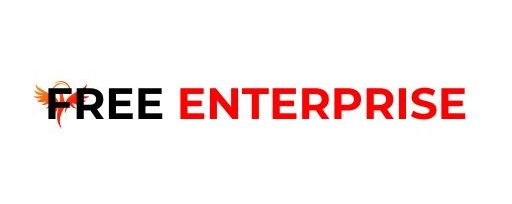
<!-- HTML_TAG_START -->NasdaqCM:EPIX Earnings Per Share Growth December 21st 2024<!-- HTML_TAG_END -->
Just because a business does not make any money, does not mean that the stock will go down. For example, although Amazon.com made losses for many years after listing, if you had bought and held the shares since 1999, you would have made a fortune. But the harsh reality is that very many loss making companies burn through all their cash and go bankrupt.
Given this risk, we thought we’d take a look at whether Sagimet Biosciences (NASDAQ:SGMT) shareholders should be worried about its cash burn. For the purposes of this article, cash burn is the annual rate at which an unprofitable company spends cash to fund its growth; its negative free cash flow. Let’s start with an examination of the business’ cash, relative to its cash burn.
Check out our latest analysis for Sagimet Biosciences
A cash runway is defined as the length of time it would take a company to run out of money if it kept spending at its current rate of cash burn. As at September 2024, Sagimet Biosciences had cash of US$152m and no debt. Importantly, its cash burn was US$38m over the trailing twelve months. Therefore, from September 2024 it had 4.0 years of cash runway. There’s no doubt that this is a reassuringly long runway. Depicted below, you can see how its cash holdings have changed over time.
Because Sagimet Biosciences isn’t currently generating revenue, we consider it an early-stage business. Nonetheless, we can still examine its cash burn trajectory as part of our assessment of its cash burn situation. During the last twelve months, its cash burn actually ramped up 59%. While this spending increase is no doubt intended to drive growth, if the trend continues the company’s cash runway will shrink very quickly. While the past is always worth studying, it is the future that matters most of all. So you might want to take a peek at how much the company is expected to grow in the next few years.
While Sagimet Biosciences does have a solid cash runway, its cash burn trajectory may have some shareholders thinking ahead to when the company may need to raise more cash. Issuing new shares, or taking on debt, are the most common ways for a listed company to raise more money for its business. Many companies end up issuing new shares to fund future growth. By comparing a company’s annual cash burn to its total market capitalisation, we can estimate roughly how many shares it would have to issue in order to run the company for another year (at the same burn rate).




